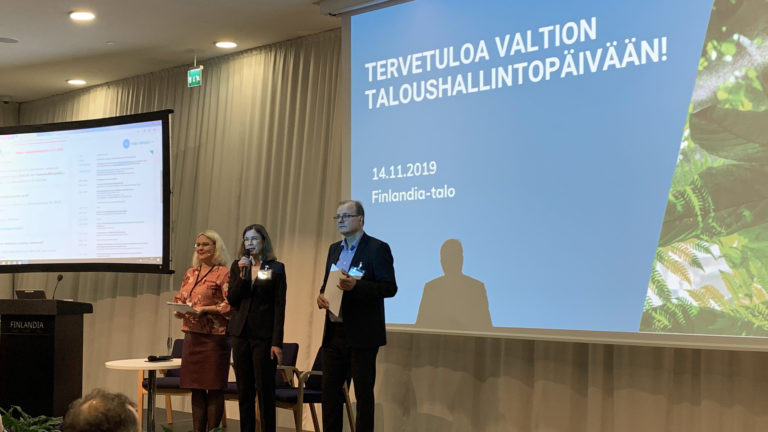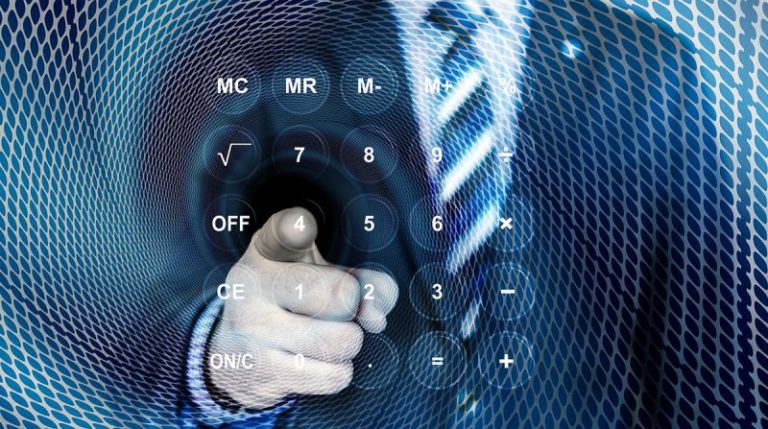The Finnish government has long required its suppliers to submit electronic invoices. However, it continues to be forced to give out exemptions for paper invoices for various reasons. This does not feel like a wise and sustainable solution.
With digitalisation progressing in society, financial administration reporting is also becoming electronic. The year 2025, when the government will only accept electronic receipts, will be here sooner than we think. Now is the right time to prepare for this change.
The benefits of a structured electronic invoice are undeniable. The central government can, for the most part, process electronic invoices automatically, allowing tax money to be saved for other, more sensible options – there is no sense in supporting manual financial administration with taxpayers’ money.
The senders of electronic invoices can also achieve savings. The benefits of electronic invoicing will increase as the use of electronic reporting increases with the expansion of digitalisation. This will facilitate the work of entrepreneurs. Precious time can be used on whatever the entrepreneur wants to focus on, meaning the actual core business.
We often hear complaints from entrepreneurs about invoices being paid late, which contributes to the scarcity of the company’s working capital. In the worst case scenario, this may require expensive financing arrangements.
The government is never late on payment, especially when the invoices have been submitted as electronic invoices. Even if there are delays in the delivery of mail, electronic invoices are delivered as usual. The government’s term of payment is 21 days. In the future, the payment procedures may also be spiced up with supplier financing: if the content of an invoice is correct and it can be processed automatically by the central government, the supplier may receive payment through supplier financing before the end of the 21-day term of payment referred to above.
Supplier financing will be priced at government risk. As a result, the financing costs to the entrepreneur will definitely be lower than they would be in an alternative scenario in which the entrepreneur applies directly to a bank for working capital financing. The arrangements for supplier financing are still in their early stages, but electronic invoicing is operational, guaranteeing that suppliers are paid according to the agreed schedule – within 21 days of the invoice date.
I can already hear the senders of invoices saying that they do not have the tools to submit an electronic invoice. This is not true. The government itself offers opportunities to prepare e-invoices for free. Visit the State Treasury website for more information: https://www.valtiokonttori.fi/en/service/government-electronic-invoicing-website/The service includes guidance, so you do not need to figure things out on your own.
Dear partner of the government and entrepreneur who invoices the government, please choose electronic invoicing. Electronic invoicing is a fast and safe method for invoicing the government.

Author: Payment Transactions Manager Keijo Kettunen, State Treasury






